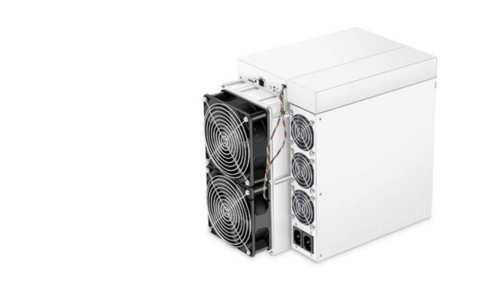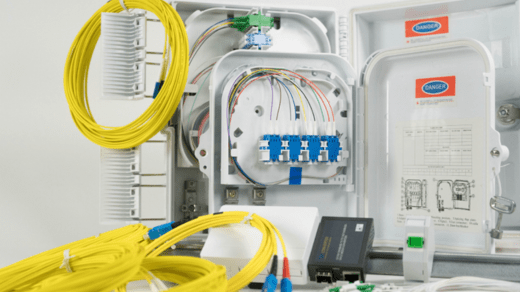how to remove generator from engine shaft
To remove a generator from an engine shaft, follow these steps. Generators can vary in design, so these instructions are meant to provide a general guideline:
Materials and tools you may need:
- Wrenches or socket set
- Screwdrivers
- Pliers
- Wire cutters or strippers (if applicable)
- Replacement parts (if necessary)
- Work gloves and safety glasses
Steps:
- Safety Precautions:
- Before starting, ensure the engine is turned off and cool to the touch. Disconnect the battery to prevent electrical hazards.
- Locate the Generator:
- Identify the location of the generator on the engine. The generator is typically mounted to the engine block and connected to the engine’s crankshaft.
- Disconnect the Battery:
- Remove the negative terminal of the battery to disconnect power from the generator.
- Access the Generator:
- Access the generator by removing any components that may obstruct its removal, such as engine covers, brackets, or belts. Refer to your engine’s service manual for specific instructions.
- Disconnect Electrical Connections:
- Disconnect any electrical connections to the generator. This may include wires or cables connected to terminals labeled “B” (battery), “F” (field), and “L” (lamp). Label these connections if necessary for reinstallation.
- Loosen the Belt Tension:
- If the generator is belt-driven, loosen the tension on the belt by adjusting the tensioner or loosening the bolts that secure the generator in place. You may need to refer to your engine’s manual for specific instructions on belt tension adjustment.
- Remove Mounting Bolts:
- Locate the mounting bolts or brackets that secure the generator to the engine block. Using the appropriate wrenches or socket set, carefully remove these bolts. Keep them for reinstallation.
- Support the Generator:
- As you remove the final bolts or brackets securing the generator, be prepared to support its weight to prevent it from falling. Generators can be heavy.
- Remove the Generator:
- Carefully slide or lift the generator off the engine shaft, ensuring you don’t damage the shaft or any other components. Be mindful of any remaining electrical connections.
- Inspect and Clean:
- Inspect the generator for any damage or signs of wear. Clean the generator’s mounting area on the engine, removing any debris or old gasket material if necessary.
- Replacement (if needed):
- If you’re replacing the generator with a new one, follow the manufacturer’s instructions for installation. Ensure that all electrical connections are properly reconnected and secure.
- Reconnect Battery:
- Reconnect the negative terminal of the battery, ensuring a tight connection.
- Test and Verify:
- Start the engine and check the operation of the new or reinstalled generator. Make sure it charges the battery properly and that there are no unusual noises or issues.
Always refer to your specific engine and generator’s service manual for detailed instructions, torque specifications, and any special procedures unique to your equipment. If you’re not comfortable with the process, or if you encounter difficulties, it’s advisable to seek assistance from a professional mechanic or technician.
Also Read:
https://fastspotter.com/how-to-prevent-toe-marks-on-sandals/
https://fastspotter.com/how-to-prevent-turtling/
https://fastspotter.com/how-to-price-candles/
https://fastspotter.com/how-to-price-cutting-boards/
https://fastspotter.com/how-to-price-wood-slabs/






